What's the difference between white gold, platinum, and palladium?
Searching for the perfect diamond engagement ring to give to your partner is one of the most magical and enchanting journeys you’ll ever experience. This step marks the beginning of a lifelong fairy tale with the person you love most in the world. But at the same time, this momentous task can be one of the most daunting challenges you’ve ever faced.
There are just so many decisions to be made, from the diamond’s carat weight and its shape to the band thickness and its style. One of the biggest things you’ll have to decide is what metal you’re going to pick for the band.
At Angelic Diamonds, we're here to guide you through this tough choice. At first glance, white gold, platinum, and palladium can easily look identical. But the reality is that they’re 3 very different metals. Here’s everything you need to know about the difference between them.
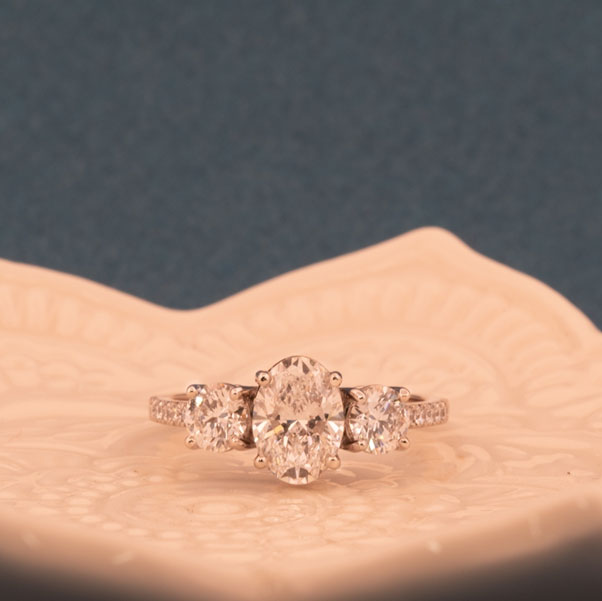
Colour
White gold, platinum, and palladium each have distinct natural colours. Because white gold is an alloy of pure gold with white metals like nickel, silver, and palladium, it naturally has a slightly yellowish tint. It’s usually plated with rhodium to achieve the stunning white-silver colour. Over time, this plating may wear off, revealing the underlying yellowish hue of the alloy. In contrast, platinum and palladium are naturally white metals with a cool, silvery-white colour.
Strength
White gold, platinum, and palladium exhibit varying degrees of strength and durability. Platinum is a soft metal prone to scratching, but it’s exceptionally durable and resilient. White gold is stronger than platinum, but may require regular maintenance to retain its appearance due to the wear of its rhodium plating.
Palladium, like platinum, is naturally durable and scratch-resistant, making it a great choice for jewellery. All three metals are suitable for daily wear, but platinum and palladium are often preferred for their greater strength and long-lasting beauty.
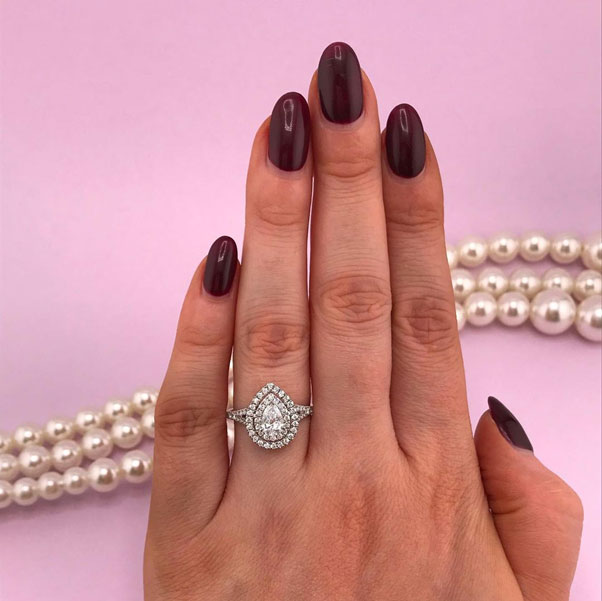
Allergies
White gold can pose a higher risk of allergies for people who are sensitive to nickel, as it’s often used as an alloying metal in white gold. If your partner is allergic to nickel, they’re likely to experience skin irritations as the rhodium plating gradually wears off and exposes the underlying metals.
On the other hand, platinum and palladium are hypoallergenic metals, making them a safer choice if the person you’re shopping for is sensitive to some metals.
Price
Price is one of the biggest differences between these three metals. White gold rings are typically the cheapest option. However, it’s worth remembering that this type of metal requires replating, so it may cost you more in the long run. Palladium is the second most affordable metal option, followed by platinum which is the most expensive.
At Angelic Diamonds, we only use platinum and palladium metals that are 95% pure. How much money you spend on these metals will vary — the less pure the metal, the cheaper the price and the more pure the metal, the higher the price.
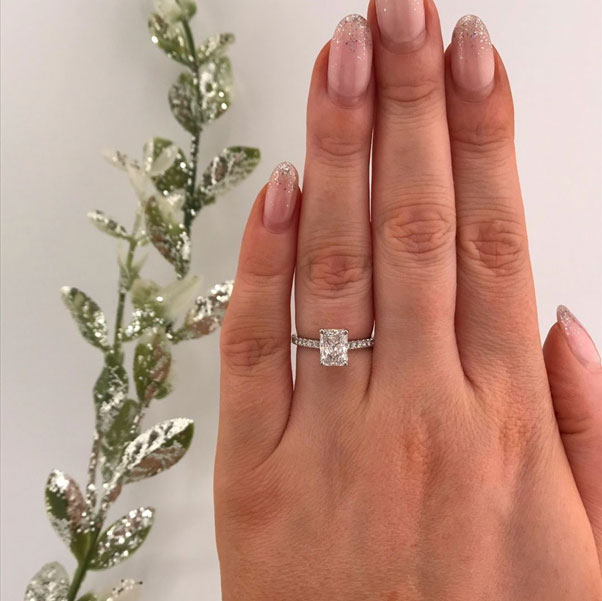
Which is the best?
Neither white gold, platinum, nor palladium is better or worse than any of the others. They’re all popular choices for everything from engagement rings and wedding rings to earrings and bracelets. Their pure white brilliance beautifully complements any diamond or gemstone, and while they may appear similar at first glance, their differences shine through in their purity and density.
You May Also Like
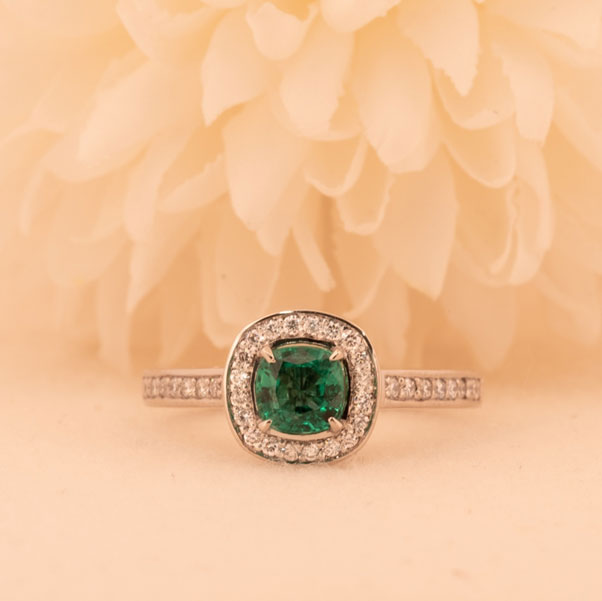
How to Style Statement Jewellery
Statement jewellery is something people tend to either love or hate. G ...

Everything you need to know about planning a weddi ...
If your dream wedding takes place in a mountain lodge surrounded by sn ...
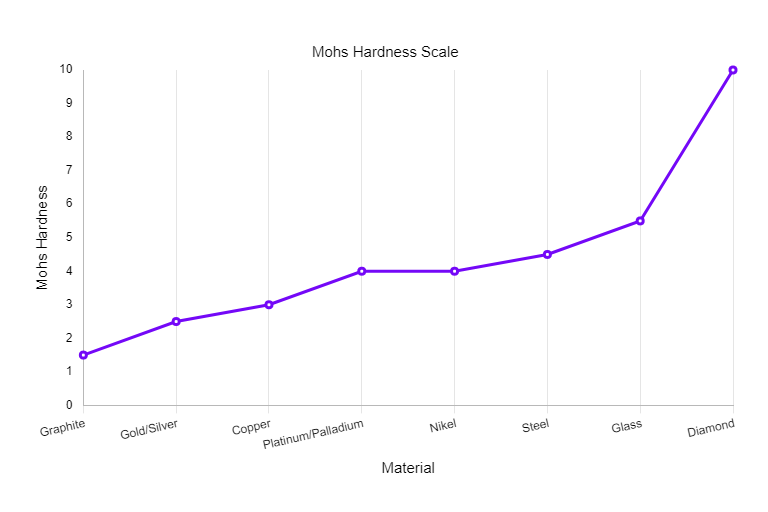
How easily can precious metals scratch?
In brief, all precious metals are prone to scratching, and you will us ...
